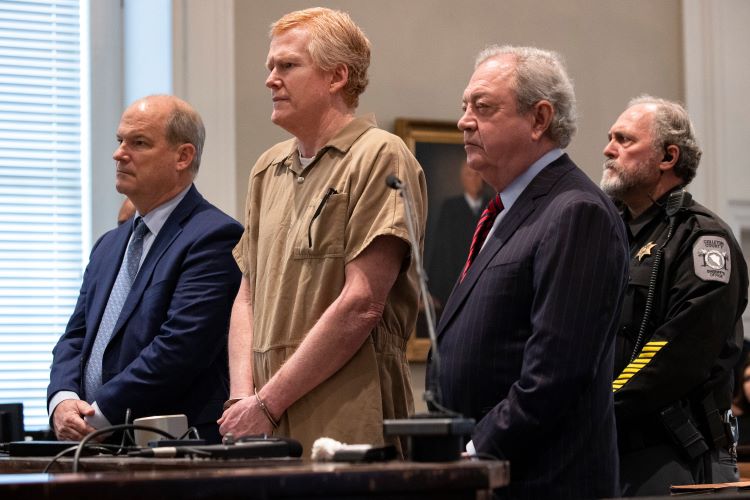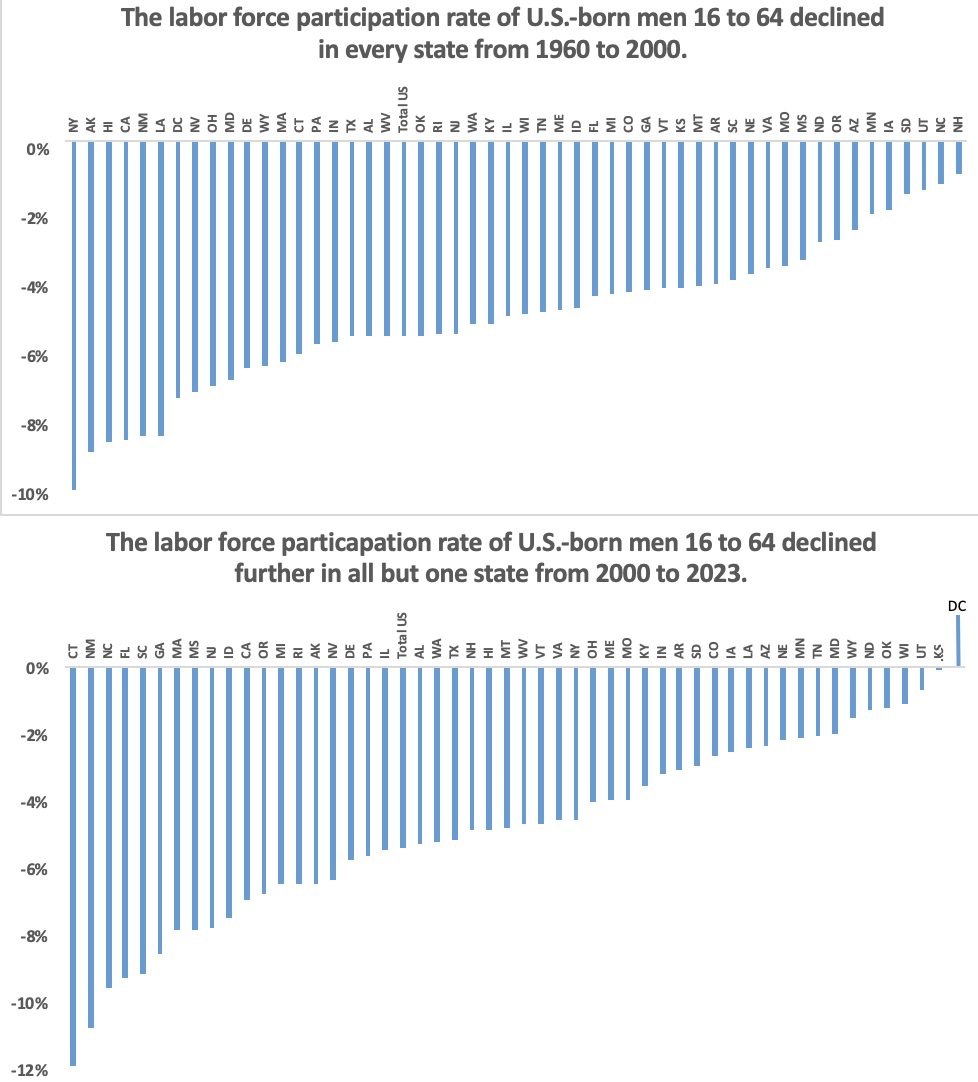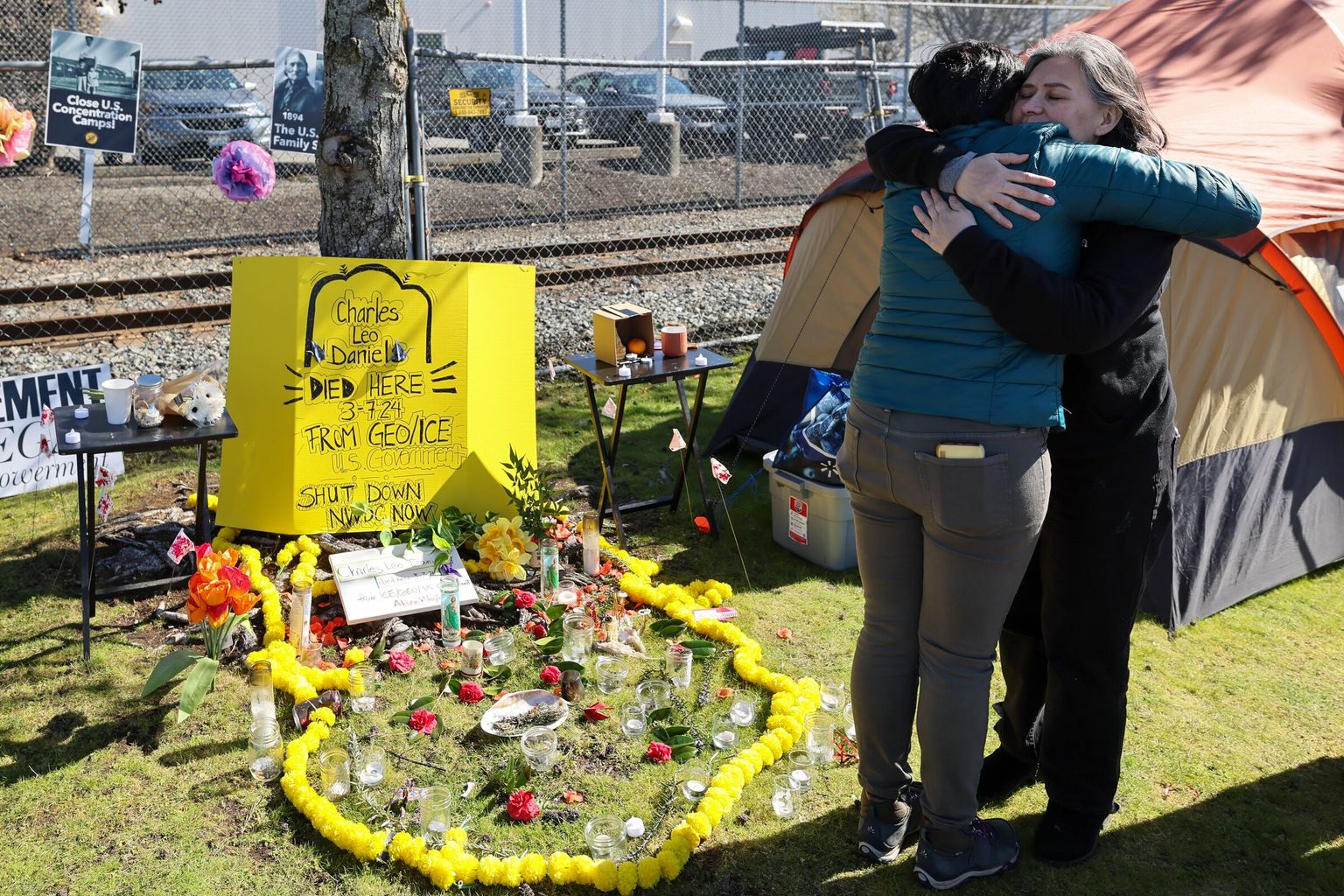Where Do All the Migrants Go?
People from overseas do not simply settle in the United States, they decide to live in a particular place within America. How are those decisions made and who makes them is the subject of this post. We regard migrants as people who come here both temporarily and permanently, legally and illegally.
As I see it, there are three more or less natural forces at work here, and four others that relate to the government. They are:
Natural factors:
- Choices made by migrants themselves, who are often related to earlier migrants; they tend to settle near their relatives and countrymen.
- Proximity to the homeland. In some cases this is a factor; think of the concentrations of Mexican-Americans in the southwest, of Cubans in southern Florida, and of (a population we rarely write about) French Canadians in New England. This factor works on only a minority of migrants, as most come from non-nearby nations.
- Choices made by employers. Another minority of migrants, those who come to the U.S. with the help of an employer, go to the place of work.
Governmental factors:
- Refugees (not asylees or asylum seekers) without relatives here are often initially resettled in locations within the U.S. in a conscious process that reflects the carrying capacity of the resettlement agencies funded by the State Department. (These State Department contractors were formerly called voluntary agencies or “volags”, a term that is still widely used, especially at the state and local level, and which I will use below.) This arrangement, which covers only a tiny portion of the migrants, is perhaps the most rational of them all.
- Sometimes the locations chosen by process No. 4 don’t take, and refugees, in a process called “secondary migration”, opt to move to where (1) the welfare system is more friendly and/or (2) the climate is better.
- There was a one-off program in World War II that moved people of Japanese descent living on the West Coast into relocation camps inland.
- In an eerie reflection of No. 6, many migrants with no or questionable legal status are currently being bused from southern areas to northern cities, by southern governors. Unlike the fourth option, there is next to no planning in this process. Migrants sometimes use this to go to places where they would like to go anyway. Were I an illegal alien or a parolee stuck in Brownsville, Texas, for instance, I would be delighted to be bused to New York City.
I must say that were our borders tightly controlled we would not be having this discussion. Both the Trump and Obama administrations showed us — in different ways — that we do not have to have millions of needless migrants each year.
Let me also further describe No. 4 (the role of the volags) in some location decisions, as this is unknown territory to most Americans.
The Volags. About 30 years ago, I won some research contracts with the Office of Refugee Resettlement in the Department of Health and Human Services. I also ran conferences for ORR dealing with how to get jobs for refugees; for a couple of years I worked from a cubicle within the ORR office in Washington and on at least one occasion went to the weekly meeting of the voluntary agencies (in New York) where refugee location decisions were made.
There were about 10 voluntary agencies settling refugees in those days, some much larger than others. Many of them had ties to organized religion, such as the largest of them all, the United States Conference of Catholic Bishops. Another major outfit was the Lutheran Immigration & Refugee Service. Some volags focused on specific refugee groups, such as the Ethiopian Community Development Council.
Each was funded by the Departments of State and HHS to help refugees settle in the States; governmental supervision was light. I said in one of my reports that the State Department treated the volags “as if they were small friendly nations”.
The meetings in New York were attended by mid-level representatives of each of the volags. The chair would introduce each family’s case by saying something like: “I have a family of five Vietnamese, they have no relatives in this country, and the father has TB.” If only one agency lifted its hand and promised to provide temporary housing in a specific city, it got the case. If no one — or several — wanted the case it would be assigned by a formula whose details are lost in the mists of time.
Sometimes the matches would be unusual. For example, the Lutherans had a lot of resettlement capacity in the upper Middle West and one of the most disadvantaged of the refugee groups were the Hmong of tropical Laos. As a result, lots of them wound up in not-so-tropical Minnesota.
The resettlement capacity of each of the volags was one variable; others were the presence or lack thereof of housing, and of low-skilled jobs. It was all done pretty quickly, but each case got a minute or so’s attention from a group of professionals.
We will, in a future posting, look at how the government is distributing funds to localities to help them cope with the current needless flow of incoming illegal migrants.






